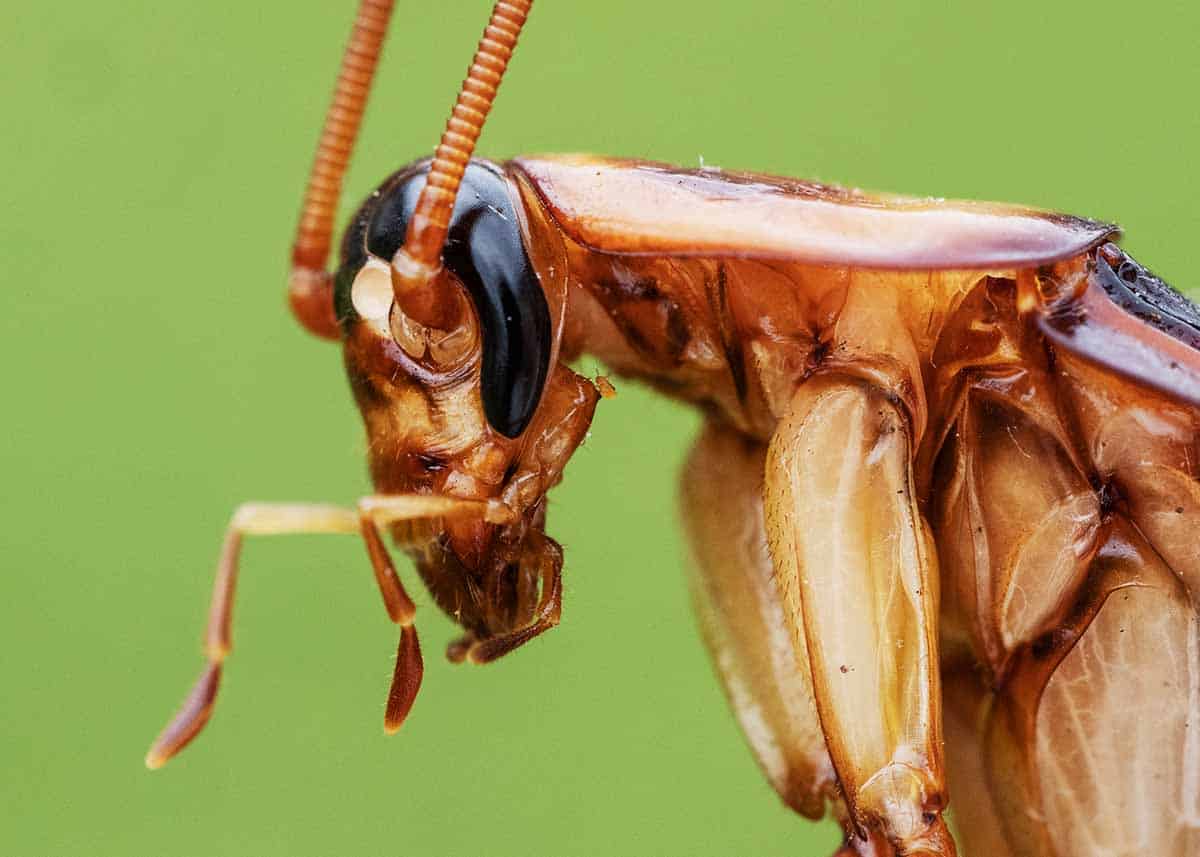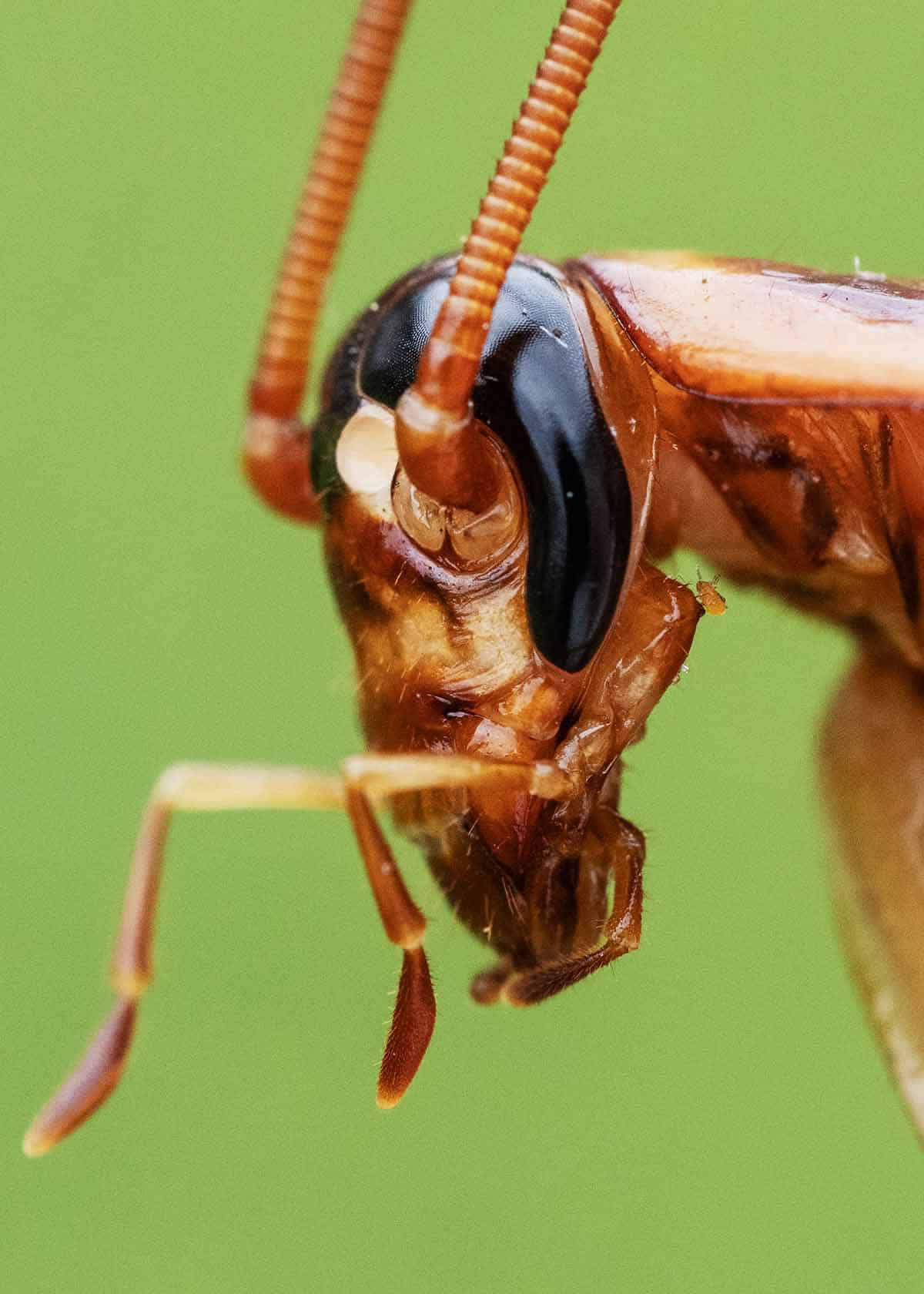Known for their ability to survive, cockroaches are a group of insects that are part of the Blattodea order. While there are some variations within the 4,600 species of cockroaches, they have similar hearts.
Their circulatory systems stand out in the animal kingdom for their number of chambers.

So, how many heart chambers does a cockroach have? Here is everything you need to know about the cockroach circulatory system.
How Many Heart Chambers Does a Cockroach Have?
Cockroach hearts are vastly different than human hearts. They consist of muscles and ostia along the dorsal side of the cockroach.
A cockroach has 12-13 chambers within its heart. Unlike human hearts, which have four separate chambers that serve one of two purposes, all heart chambers in a cockroach serve the same purpose. The blood within the heart chambers carries nutrients throughout the body rather than oxygen.
You may wonder how so many chambers fit into the tiny cockroach body. However, the tiny bodies of cockroaches have plenty of room for the minuscule chambers of the cockroach heart.
Learn more about insect blood.
How Do Cockroach Hearts Work?
Like most arthropods, cockroaches have a neurogenic heart. As a result, their heart beats thanks to a nerve signal instead of a muscular movement.
The cockroach heart beats at a similar rate to the human heart.
Insects, including cockroaches, also have an open circulatory system, which means they only have a heart structure, rather than a heart and blood vessels. They also do not need the heart to move blood throughout their body since they have no lungs. Instead, insects breathe through openings in their exoskeleton called spiracles.
When they breathe in air, the bug’s dorsal sinus distributes oxygen through the body. So, the heart in an insect serves a different purpose than a human heart.
Instead of pumping oxygen, throughout the body, the heart pumps an insect’s version of blood, called hemolymph. That white or yellow substance passes nutrients, hormones, and waste throughout the insect’s body.
Besides providing the cockroach with essential nutrients and processing waste, the process of the heart’s movement, hydrostatic pressure, allows hatching, reproduction, and molting.
Keep reading: How long do cockroaches live?

Final Thoughts
While no one is a fan of cockroaches in their homes, there is no denying that their biology is fascinating. What they lack in size, they make up for in the number of heart chambers. Their overall circulatory system shares many qualities with other arthropods.
Learn more in our huge cockroach guide.
- About the Author
- Latest Posts
Bryan Haines is a co-founder and writer at The Buginator. And is working to make it the best resource for taking back the outdoors from biting, stinging pests.
He also blogs about travel at Storyteller.Travel and photography at Storyteller Tech. Bryan is a partner at Storyteller Media, a publishing company he runs with his wife, Dena.
